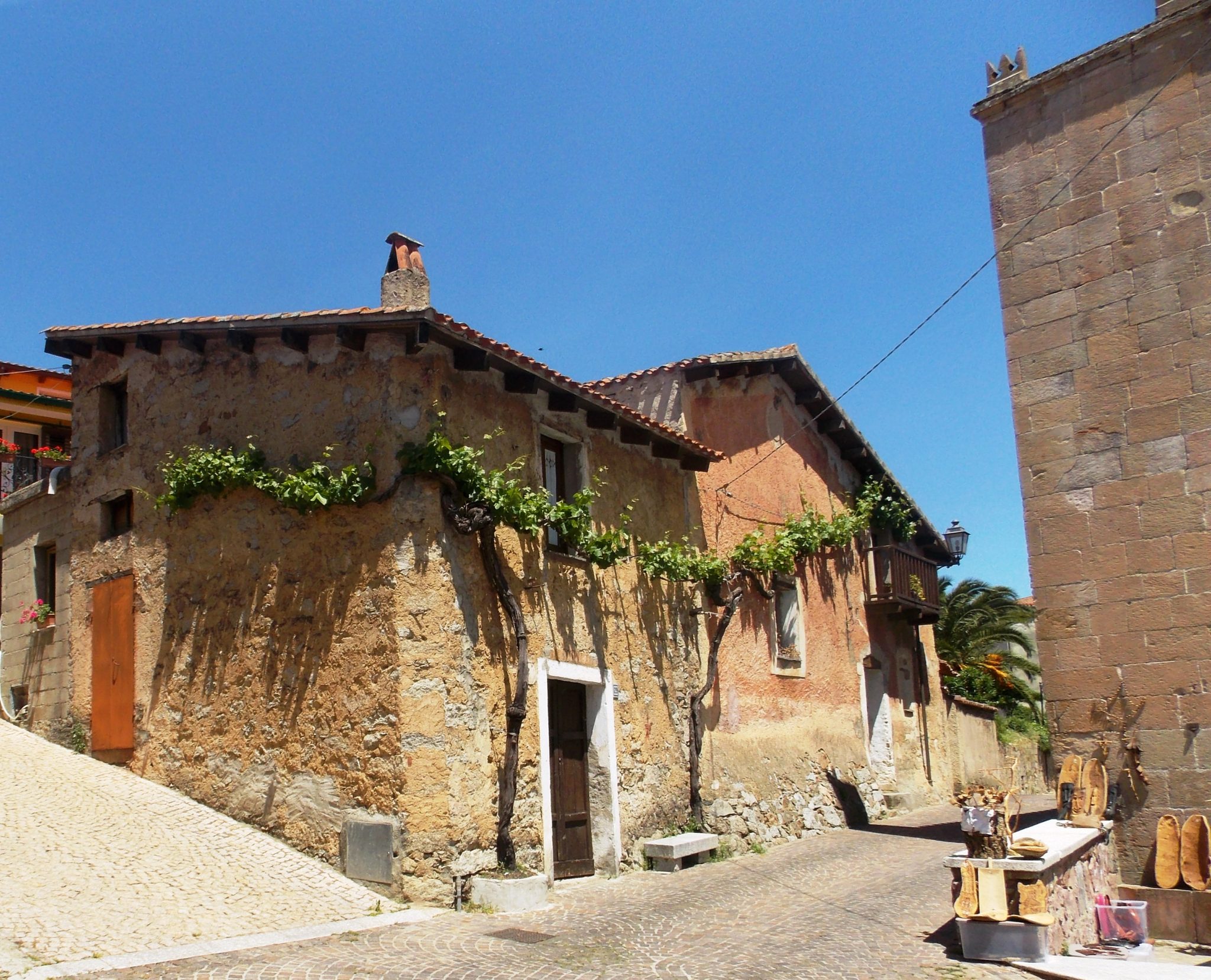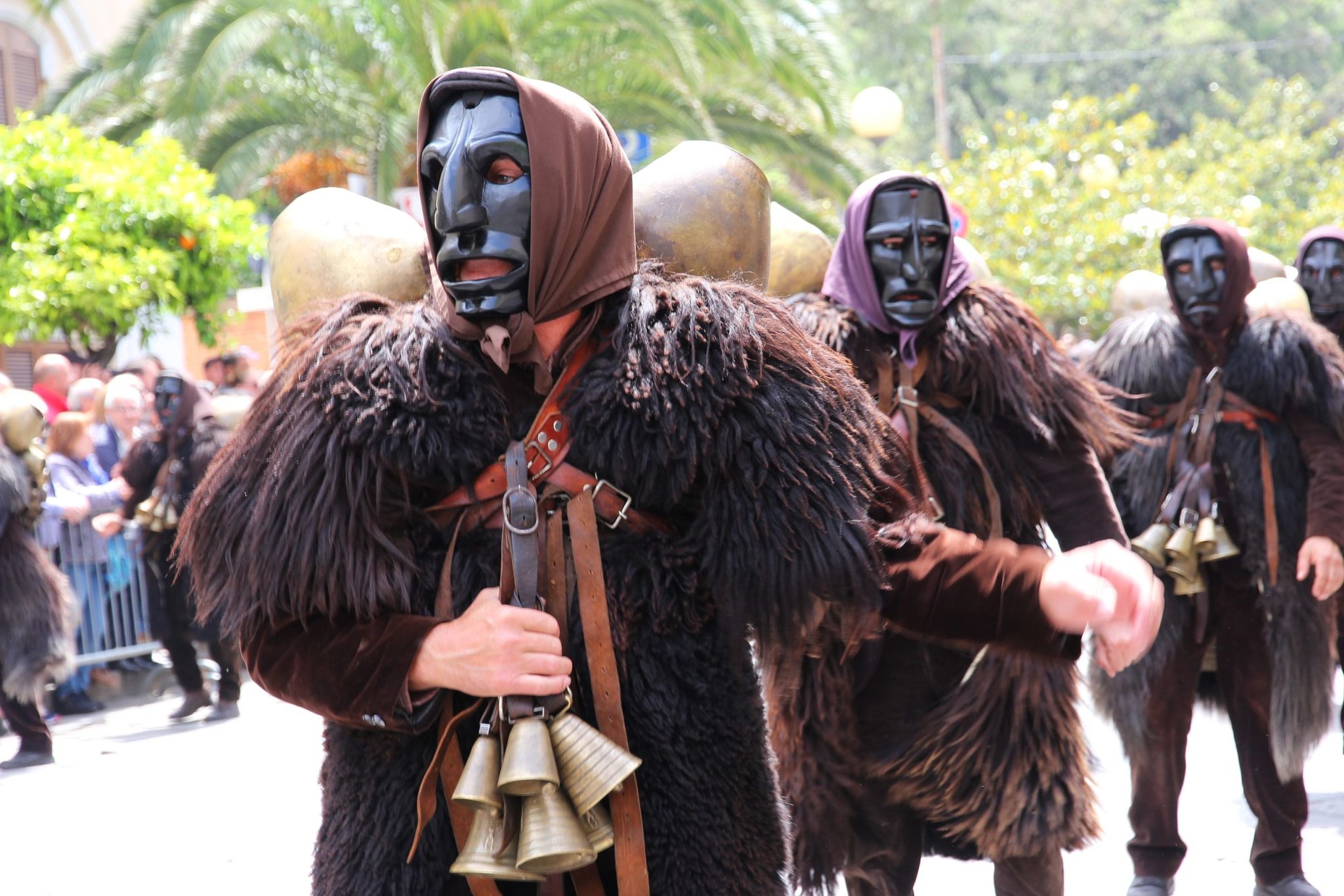Sardinia is known for the Caribbean sea, the testimonies of the past and for its genuine gastronomy, but hides much more. Among the lesser known pearls there are also the Terme di Fordongianus, a refuge that offers a unique experience of relaxation and wellness.
These spas are located in the village of Fordongianus, in the province of Oristano, and represent an oasis of well-being where nature, history and modernity blend harmoniously in an interesting way.
Why nature, history and modernity? They are among the most beautiful spas in Sardinia because they are located in the valley of the river Tirso and are composed of various structures, from the ancient Roman baths to the nineteenth-century baths to a modern establishment with swimming pools and spa.
How the Fordongianus thermal baths work
The beating heart of the Fordongianus Spa is represented by its thermal waters, whose therapeutic properties have been known for centuries.
The springs flow naturally from the earth at a constant temperature of about fifty degrees and are enriched with minerals (such as sulfates, bicarbonates, chlorides and calcium) thanks to their path through Paleozoic rocks, the same to whom they owe their healing and soothing powers.
The thermal waters of Terme di Fordongianus are particularly suitable for treating a wide range of ailments, including rheumatic, dermatological, respiratory and digestive diseases.
The historical thermal baths of Fordongianus
The Fordongianus Spa boasts a thousand-year history that has its roots in Roman antiquity, when the thermal waters were considered a source of health and healing.
Built along the left bank of the river Tirso during the period of the Roman Empire in a strategic position that favoured direct contact with the spring waters, these baths were already known and frequented for their therapeutic and regenerating properties.
The heart of the complex was the central rectangular pool, an architectural work of great charm still fed by thermal springs. Although access to water is forbidden for the purpose of preserving the archaeological site, it is possible to admire its beauty and imagine the rituals of well-being that took place inside it.
In addition to the central pool, there are various secondary rooms that tell the story of a place dedicated to wellness and body care.
A second factory, built later, was dedicated to body care and also included rooms at different temperatures, offering a path from cold to warm to warm.

Foto : Viaggiamo
The thermal baths of Is Bangius
The ancient baths are flanked by the baths of Is Bangius dating back to the nineteenth century and built with a different technique. They consist of three pools fed by a natural spring and each tank is characterized by a pebble bottom and a drainage system that allows water to flow into the nearby river Tirso.
Even today, for a fee, you have the opportunity to dive in these warm and relaxing waters for about ten minutes. This time limit is not random, but is due to the high temperatures of the water, which can reach even forty-three degrees.
Although less ancient than the Roman baths, the nineteenth-century thermal baths of Is Bangius allow you to immerse yourself in a truly unique context.
The modern thermal baths of Fordongianus
The modern spa offers a wide range of services and facilities to ensure maximum comfort, treatments and relaxation to visitors to the spa of Fordongianus, from pregnant women to children.
Inside the spa there are outdoor and indoor thermal pools, sauna, Turkish bath, relaxation area and areas for massages and wellness treatments.
The surrounding landscape, characterized by green hills and lush forests, creates a quiet and relaxing environment that promotes the complete abandonment of stress and everyday tensions.
Tourism and wellness
The Fordongianus Spa is not only a place of care and well-being, but also a tourist destination that allows you to explore some natural beauty and a cross-section of the island.
In the surroundings of the spa, the unspoilt landscape invites you to regenerating walks, cycling and trekking immersed in the wild of Sardinia.
The area is also characterized by archaeological sites and villages to discover that allow you to enrich the experience. For example, the Casa Aragonese is a rare architectural example that deftly blends local style with Spanish influences.
Not far away there is a church surrounded by vegetation and characterized by a Gothic facade decorated with red trachyte: it is the Church of San Pietro Apostolo.
The nearby church of San Lussorio seems to embody the Romanesque architecture to perfection. It is particular because it is made of effusive rock blocks and erected on an ancient cemetery area, where it is said that the martyrdom of the saint took place right here.
Looking at the surroundings, however, you can see many nuraghes and domus de janas, ancient stone structures that testify a cross-section of the prehistoric history of Sardinia. Among these is the nuraghe of Santa Barbara with its megalithic structure composed of a central tower and several bastions.
Copertina: Viaggiamo



